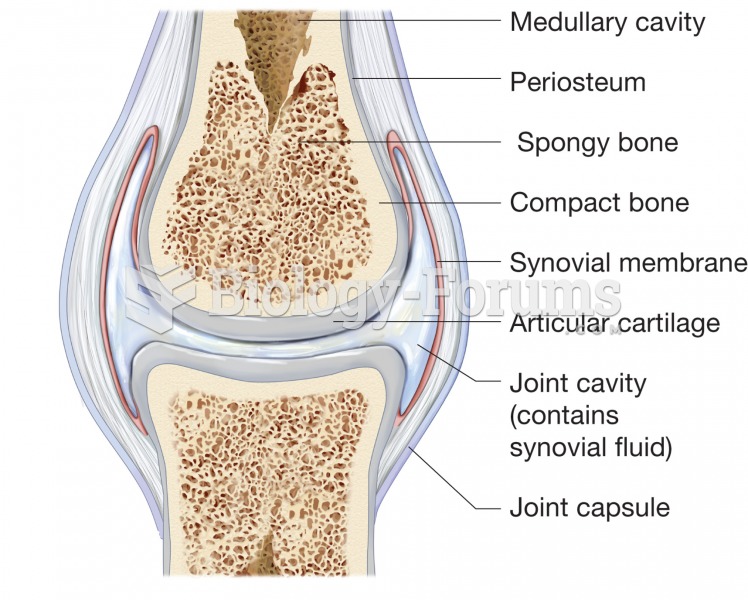Answer to Question 1
The media content industry prior to 1990 was composed of many smaller independent corporations specializing in content creation and distribution in the separate industries of film, television, book and magazine publishing, and newspaper publishing. During the 1990s and into this century, after an extensive period of consolidation, huge entertainment and publishing media conglomerates emerged. The media industry is still organized largely into three separate vertical stovepipes: print, movies, and music. Each segment is dominated by a few key players. Generally, there is very little crossover from one segment to another. Typically, newspapers do not also produce Hollywood films, and publishing firms do not own newspapers or film production studios. The purchase of the Washington Post in 2013 by Jeff Bezos, the founder of Amazon, and an Internet mogul in his own right, was an anomaly. Even within media conglomerates that span several different media segments, separate divisions control each media segment. In the past, delivery content firms, such as Comcast, Time Warner Cable, AT&T, Verizon, Sprint, and Dish Network were not involved in content creation, but instead just moved content produced by others across cable, satellite, and telephone networks. However, within the last several years, this has begun to change. Comcast led the way with the acquisition of a majority interest in NBC Universal. AT&T's proposed merger with Time Warner and Verizon's proposed purchase of Yahoo, along with its previous acquisition of AOL, are signs that the telecommunications companies are moving into the content and distribution market, as well as the Internet advertising industry, in a major way.
Answer to Question 2
There are three revenue models for delivering content on the Internet. The two pay models are subscription (usually all you can eat, meaning the amount of content that you can consume is unlimited) and a la carte (pay only for what you use). The third model uses advertising revenue to provide content for free, often with a freemium option, which makes additional content available for a cost. In many cases, all three of the models work in tandem and cooperatively: free content can drive customers to paid content, as music companies have discovered with services such as Pandora.







